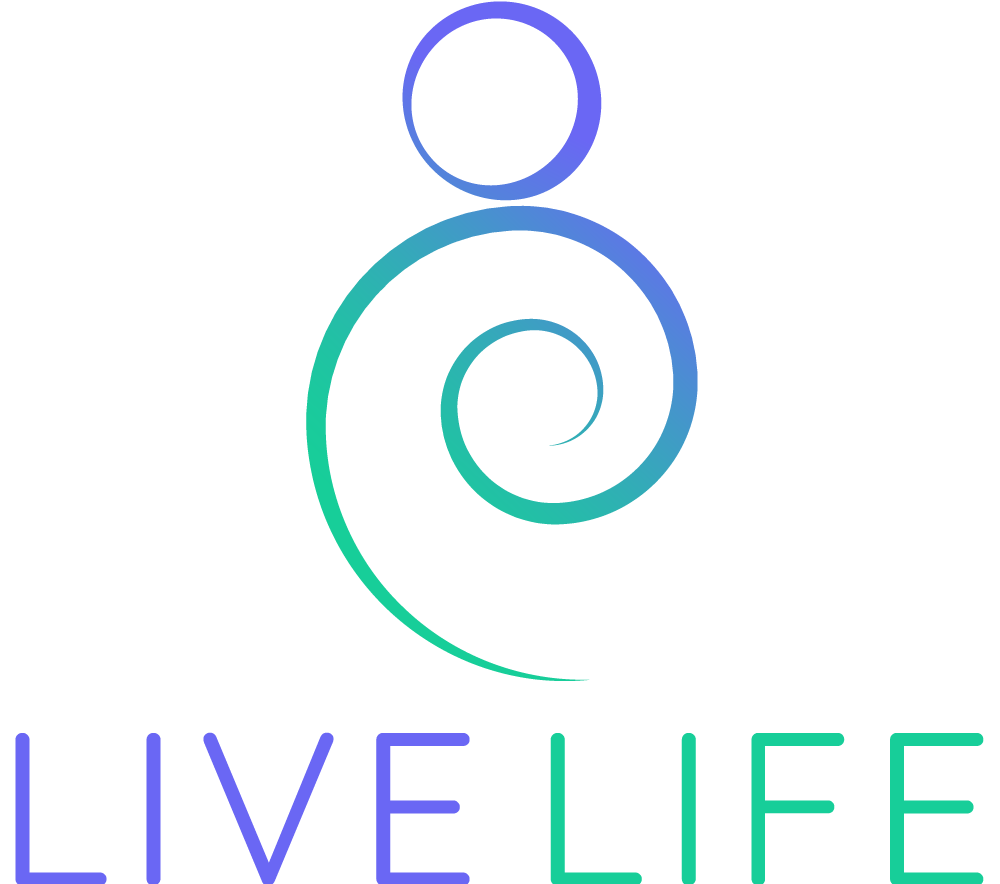Ever included breathing exercises in your routine? You should do that because breathing exercises help to calm your mind and body. And most important of all, you don’t need specific skills to practise these exercises.
All you need is your breath and a bit of your time. Do you want to learn what these breathing exercises are all about and how you benefit from them? If you do, then you have come to the right place. Keep reading further to understand how to do breathing exercises.
What are the different types of breathing exercises?
1. Pursed Lip breathing
Experience a shortage of breath while performing tedious tasks like climbing stairs or lifting things. This exercise can help you relieve breathlessness by slowing down your breathing pace and making you breathe more effectively.
Practicing pursed-lip breathing
- First, work on body posture. You may sit straight or lie down on the floor. Any posture is acceptable as long as you are comfortable. Now, take a moment and relax the shoulders as much as you can.
- Inhale deeply through the nose for two seconds. As you breathe in, be conscious of the air flowing into your abdomen.
- Purse your lips as if you are blowing out the candles on your birthday cake and then exhale through the pursed lips for four-six seconds.
- Repeat the whole exercise from the start. Even if you do this exercise for five-ten minutes per day, it is more than enough.
Benefits of pursed-lip breathing
This exercise helps people who suffer from lung problems that make it challenging for them to breathe. For people with chronic obstructive pulmonary disease (COPD), the ability to breathe is on a severe decline.
This exercise helps to reduce anxiety. As you breathe in and breathe out, the parasympathetic nervous system in the body gets activated, and you calm down.
2. Alternate nostril breathing
This is a simple breath control exercise that can take care of your mind, body, and emotions.
Practicing alternate nostril breathing
- Sit comfortably with your legs crossed and your spine straight.
- Now, gently place your left palm in your lap and bring your right hand towards your nose. After a deep exhale, use your right thumb to close the right nostril.
- Inhale through the left nostril steadily and then close it with your ring finger.
- Now open the right nostril and exhale through it.
- Again, inhale through the right nostril and close it. Open the left nostril and exhale through it.
- Continue doing this exercise for five minutes, and remember to end this exercise with an exhale from the left nostril.
Benefits of Alternate Nostril Breathing
Alternate nostril breathing helps to lower stress levels in the body. A research study conducted in 2013 found that if alternate nostril breathing when practised for 12 weeks improves blood pressure, heart rate, and respiratory rate.
3. Coherent breathing
Practicing coherent breathing
- Inhale deeply through the nose into your abdomen for a count of five seconds. Repeat this exercise for one full minute.
- Slowly and steadily, you may increase the time up to five minutes.
Benefits of coherent breathing
By slowing down the breath, this exercise helps you to relax and relieve yourself of stress. Science shows that coherent breathing reduces symptoms of depression.

4. 4-7-8 breathing
This exercise was developed by Dr Andrew Weil and is designed to help you learn how to breathe slowly with rhythm.
Practicing 4-7-8 breathing
- Get seated comfortably.
- Inhale through the nose for a count of four.
- Hold the breath for seven seconds
- Making a whoosh sound, exhale through the mouth for eight seconds.
- Repeat this whole cycle four times
Benefits of 4-7-8 breathing
The 4-7-8 breathing helps you manage anxiety issues; in fact, Dr Victoria Maizes from the University of Arizona has something important to say about this. She affirms that “4-7-8 is relaxing because it extends the exhale portion of the breathing”. As the exhale increases, the parasympathetic nervous system is set off, which triggers the relaxation response, which also helps you fall asleep better.
5. Lion breathing
Practicing Lion breathing
- Sit comfortably. You can sit with your legs crossed or sit back on your heels.
- Gently yet firmly, place your palms on the knees.
- Keeping your eyes open. Focus your gaze and look at the tip of your nose or the space between your eyebrows.
- Inhale deeply through the nose. As you inhale, keep your mouth wide open and stick out your tongue towards the chin. Now exhale through the mouth by making a ‘ha’ sound.
- Repeat the exercise two-three times.
Benefits of lion breathing
This exercise opens up the throat chakra, which boosts confidence and creativity; it also alleviates stress and flushes out toxins from the body.
6. Humming bee breath
Doing this exercise is essential to find a place where you are free to make a humming sound. For practising bee breath, there are various ways you can go about it. To make things easy for you, I will walk you through a simple way of practising bee breath.
Practicing bee breath
- Sit comfortably with an erect spine and slowly close your eyes.
- Keeping your eyes closed, notice the sensations that arise in your body, and observe.
- Place both the index fingers on the tragus cartilage, which covers the ear canal partially.
- Take a deep breath and as you exhale, gently press the cartilage with your fingers.
- Don’t forget to keep your mouth closed as you breathe out with a loud, humming sound.
- With practice, you can do this exercise for 10 minutes per day.
Benefits of bee breath exercise
The humming sound produced in this exercise has a calming effect as it triggers the parasympathetic nervous system.
7. Box breathing
Box breathing, also known by the name four-square breathing, helps improve concentration.
Practicing box breathing
- Find a quiet place to meditate so that you can concentrate on your breathing
- Sit comfortably in a chair with your feet flat on the ground.
- Place your hands in your lap with the palms up and sit straight with an erect spine.
- Exhale slowly through the mouth and let out all air from your lungs.
- Deeply inhale through the nose for a count of four. Breathe in deeply and observe the airflow into the abdomen. For a count of four, hold the breath.
- Exhale through the mouth for a count of four, expelling out air from the abdomen
- Hold your breath again for a count of four and repeat the whole process from the start for a total of 5 minutes.
Benefits of box breathing
Box breathing helps you to deal with anxiety. In the state of anxiety, the heart beats fast, and the breath becomes rapid and shallow. The individual starts to feel as if he/she is out of control. In times of crisis like this, box breathing is beneficial by allowing you to regain a sense of control by training to breathe in a slow and controlled manner.
Conclusion
Training your breath has health benefits like good sleep, less anxiety, more relaxation, etc. Making small changes to your routines to include these exercises will help you feel and perform better throughout the day.





